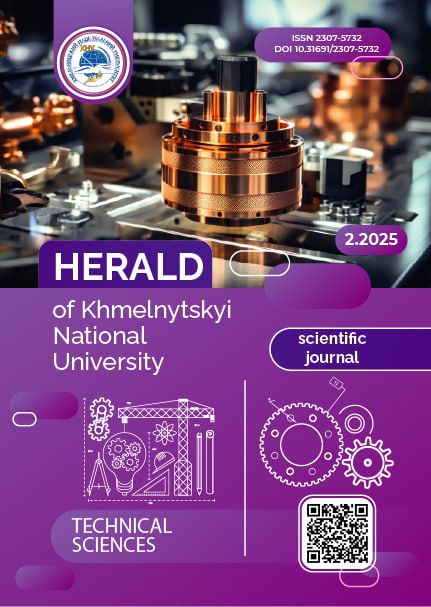WAYS TO PROLONG THE FRESHNESS OF BREAD
DOI:
https://doi.org/10.31891/2307-5732-2025-349-37Keywords:
bread, consumer properties, enzymes, additives, process innovations, stalingAbstract
The article is devoted to the analysis of methods for extending the shelf life of bread, through the use of product and process innovations, which will reduce food losses and improve the economic performance of production. Among the technological methods for extending the shelf life of bread, the addition of plant extracts to the recipe is used, which slow down the oxidation processes of fats in the products. To maintain the softness of bread, protein additives, hydrocolloids, in particular gluten, soy protein, gelatin, are added to its composition. In addition, enzyme preparations are widely used to improve the structure of the dough and slow down the process of staleness, the use of organic acids contributes to the inhibition of the growth of mold and bacteria. The work also evaluates process innovations, which include improved fermentation with the use of probiotic cultures that prevent the development of undesirable microflora. The use of baking at lower temperatures for a longer time, which ensures uniform baking of products, infrared radiation treatment to reduce moisture on the surface of bread, rapid cooling to prevent the formation of condensation, which is the cause of mold, was analyzed. The feasibility of using ultraviolet and ionizing radiation in extending the shelf life of bread as alternative preservation methods was established, the use of automatic packaging to reduce microbial contamination, and control of the air environment in packaging compartments helps to preserve the consumer characteristics of bread.
Therefore, the study of the processes occurring during bread storage and methods of influencing them will allow reducing the amount of waste, obtaining products with high consumer characteristics, extending its shelf life, which is strategically important in the context of globalization of production.
Downloads
Published
Issue
Section
License
Copyright (c) 2025 ОЛЕКСАНДР МАТІСОВ, ОКСАНА МЕЛЬНИК (Автор)

This work is licensed under a Creative Commons Attribution 4.0 International License.

